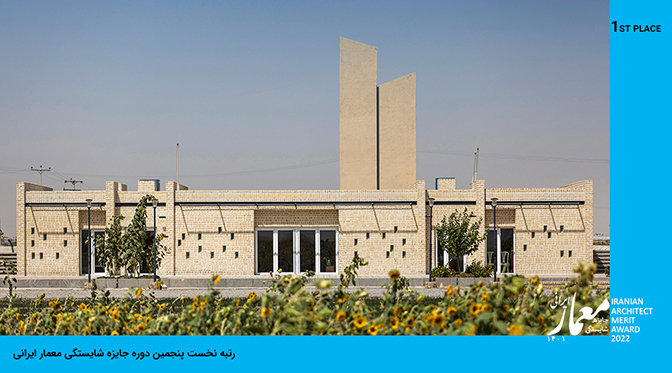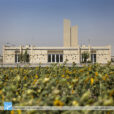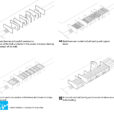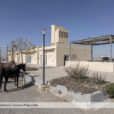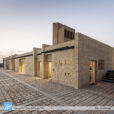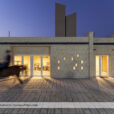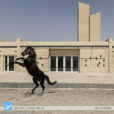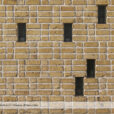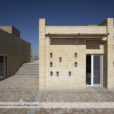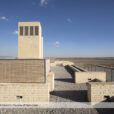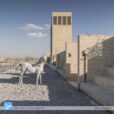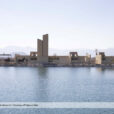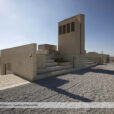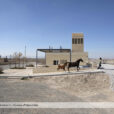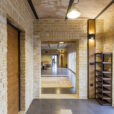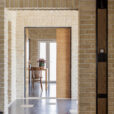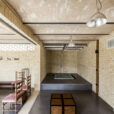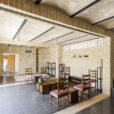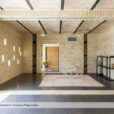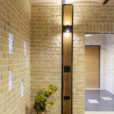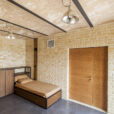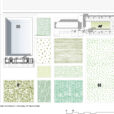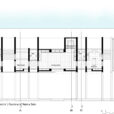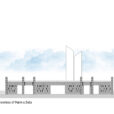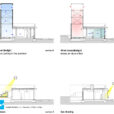ویلامزرعه شهرسب
مهندسین مشاور حجم سبز (علی بصیری، احسان محمدی، محسن جعفری)
رتبه نخست پنجمین دوره جایزه شایستگی معمار ایرانی (۱۴۰۱)
موقعیت: زیار، اصفهان، ایران
تاریخ: ۱۳۹۴
مساحت: ۲۰۰ مترمربع
وضعیت: ساختهشده
کارفرما: مهدی بصیری اصفهانی
همکاران طراحی: مسعود قاسمی، سعیده هاشمزاده
سازه: پویا تهرانی، رضا حامی
تاسیسات مکانیکی: ایمان امامی
تاسیسات الکتریکی: یاور صداقتکیش
اجرا: علی بصیری، محسن امینی
عکس: فرشید نصرآبادی
ایدههای اصلی پروژه شامل استفاده از مصالح و فناوری ساده، بومی و در دسترس، برای ساخت، و همچنین حداکثر استفاده از سیستمهای انرژی غیرفعال است:
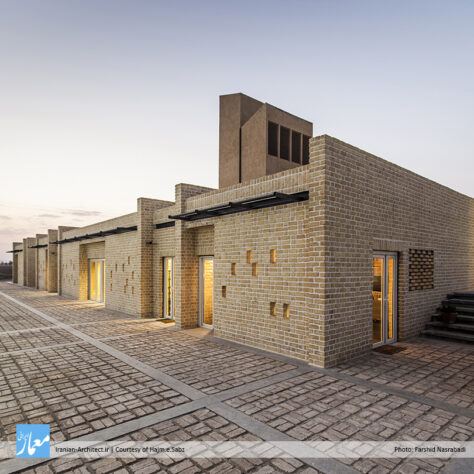
ـ بهروزرسانی و استفاده از روشهای ساخت محلی (بنایی) برای سازه اصلی، و استفاده از مصالح ارزانقیمت، مانند آجرهایی که بهدرستی استفاده میشوند.
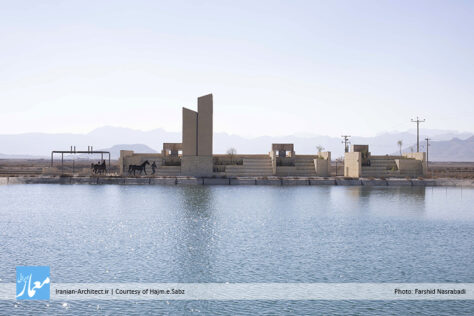
ـ استفاده از مصالح با ظرفیت حرارتی بالا، برای ایجاد تاخیر در تبادل گرما، و تنظیم اختلاف دما بین روز و شب
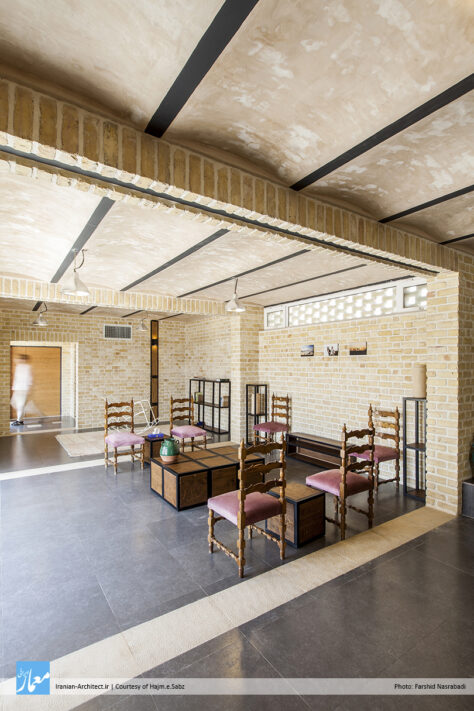
ـ استفاده از دیوارهای باربر که باعث ایجاد یکپارچگی بین عناصر سازهای، و عناصر معماری و فضایی میشود؛ دیوارهای باربر و اجزای سازهای سقف، از داخل و خارج پروژه، به عنوان پوسته اصلی ساختمان نیز عمل میکنند.
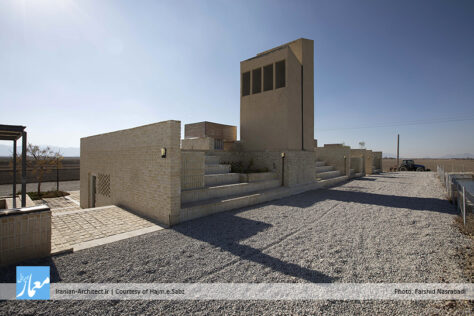
ـ استفاده از بادگیر برای ایجاد تهویه طبیعی؛ این بادگیر شامل دو دهانه پشت به هم در جهتهای شرق و غرب است، و این امکان را فراهم میکند که با وزش باد از یک دهانه، مکش در دهانه دیگر ایجاد شود و جریان هوا در داخل ساختمان به حرکت درآید. نیاز به سرمایش و رطوبت ساختمان نیز با استفاده از سیستم مهپاش در بدنه بادگیر، و یک حوضخانه در زیر آن تامین میشود.
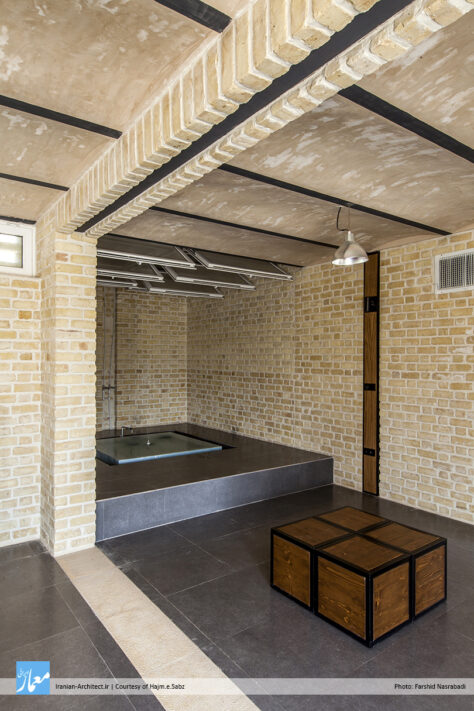
ـ جهتگیری اصلی ساختمان برای به حداکثر رساندن نور ایدهآل جنوب، شرقی ـ غربی انتخاب شده است. همچنین از ایجاد بازشوهای زیاد خودداری شده و از سایهبان افقی برای کنترل شدت و میزان نور استفاده میشود.
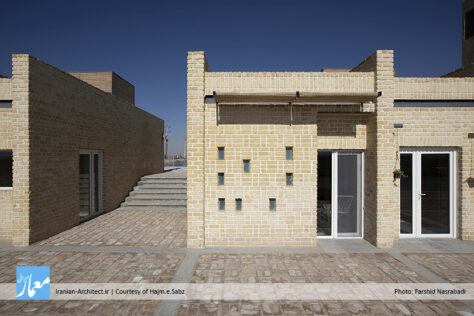
ـ بهرهگیری از شیب زمین و اختلاف ارتفاع برای استفاده از خاک حفظشده در ضلع شمالی ساختمان، به عنوان جرم حرارتی کنترلکننده تبادل دما
Shahrasb Farm Villa
Hajm.e.Sabz (Ali Bassiri, Ehsan Mohammadi, Mohsen Jafari)
1st Place of Iranian Architect Merit Award 2022
Location: Ziar, Isfahan, Iran
Date: 2015
Area: 200 sqm
Status: Completed
Client: Mehdi Bassiri Esfahani
Design Team: Masoud Ghasemi, Saeideh Hashemzadeh
Structure Consultant: Pouya Tehrani, Reza Hami
Mechanical Consultant: Iman Emami
Electrical Consultant: Yavar Sedaghat Kish
Construction: Ali Bassiri, Mohsen Amini
Photo: Farshid Nasrabadi
The main ideas of the project include the use of simple, native, and available materials and technology for the construction, as well as the maximum use of passive energy systems:
– Updating and use of traditional building methods (masonry) for the main structure, and low-price materials such as bricks that are properly used
– Use of high-thermal capacity materials to create latency in heat exchange, and adjust the temperature difference between day and night
– The use of the load-bearing walls creates integrity between structural elements, and architectural and space elements. Load-bearing walls and the roof structural components also act as the building shell, both from the inside and outside of the project.
– Using the wind-catcher to create natural ventilation; This wind-catcher includes two openings back to each other in the east and west directions. This makes it possible; with the wind, blowing from one opening, suction occurs in the other opening, and creates an airflow inside the building. The cooling and moisture requirements of the building are also provided by using a cooling mist system in the body of the wind-catcher, and a pond (howz) below it.
– The main orientation of the building has been chosen east-west to maximize the ideal light of the south, while avoiding excess openings, and using horizontal shades to control the intensity and amount of light
– Use of the site gradient and height difference to create retained soil on the north side of building, as the thermal mass controlling the exchange of temperature

